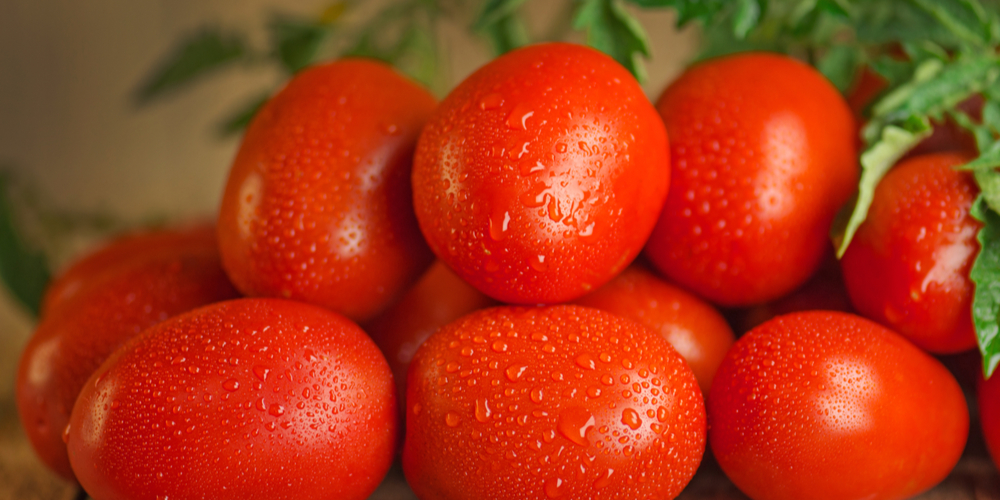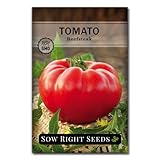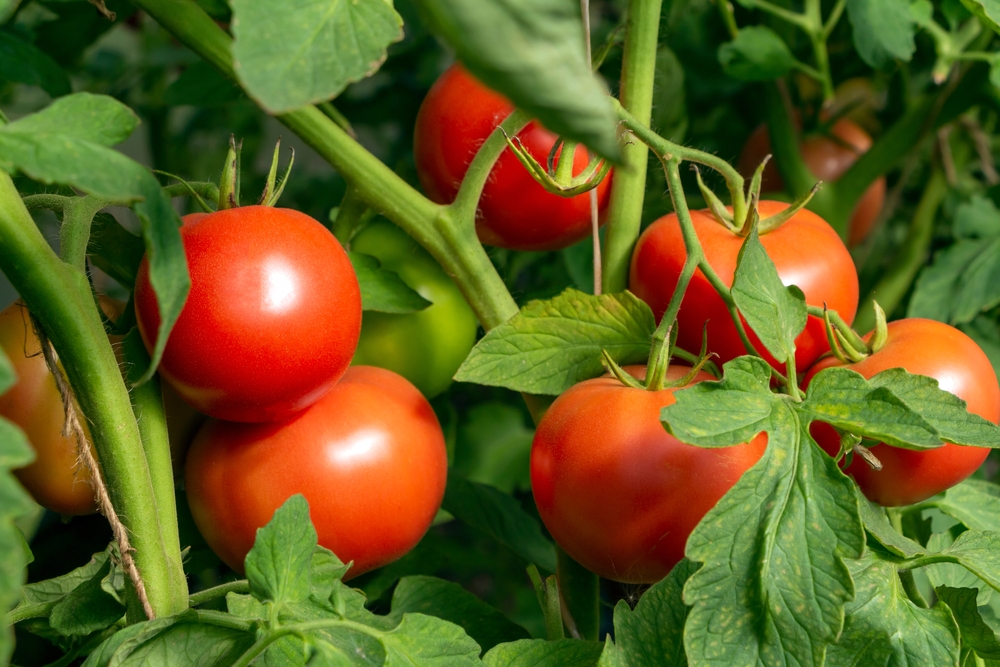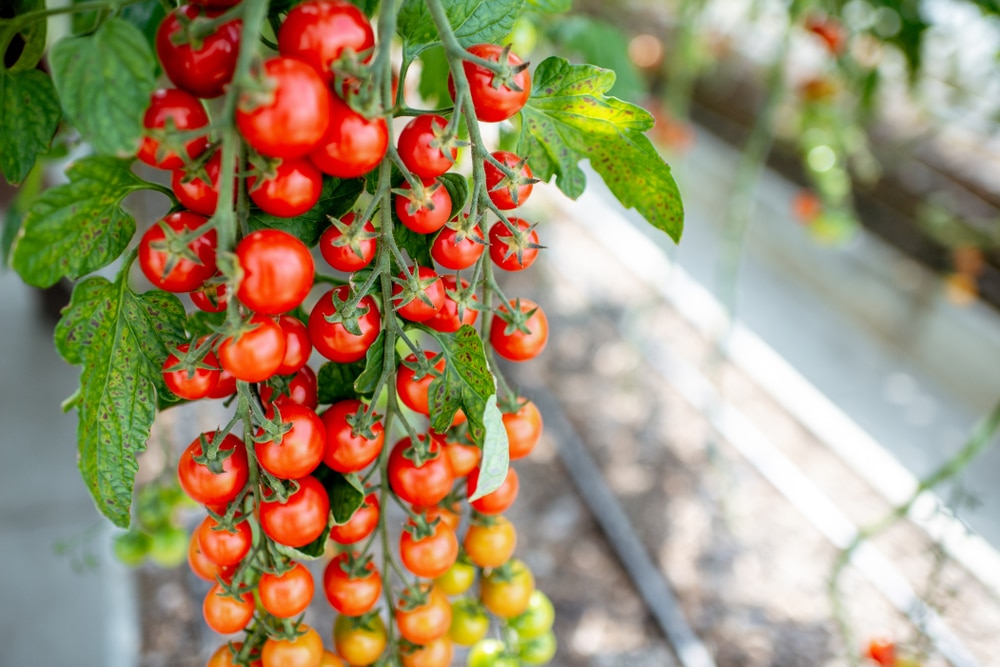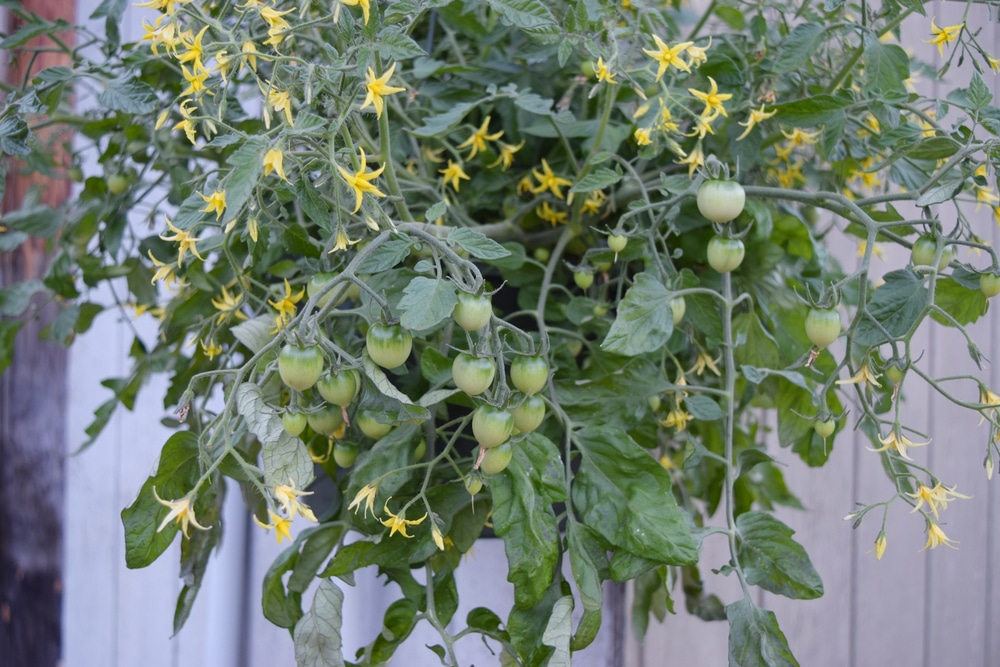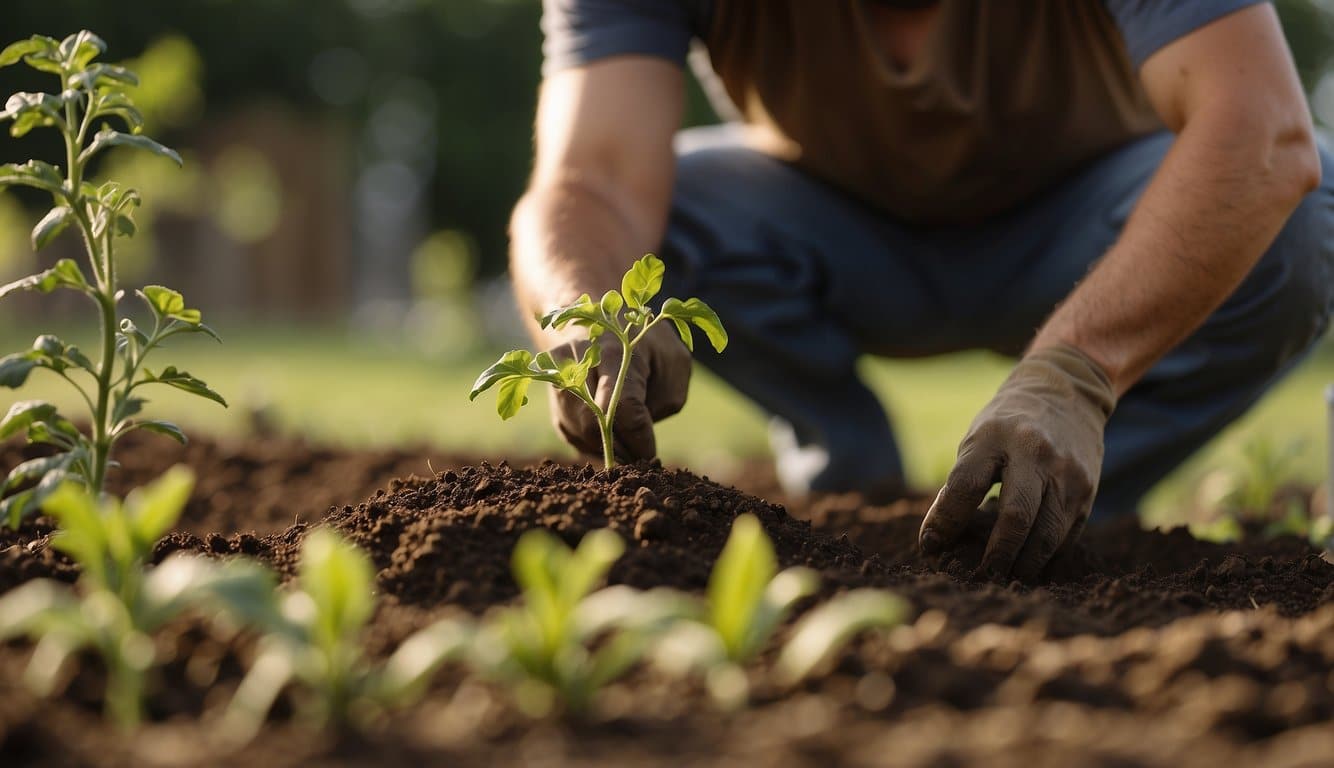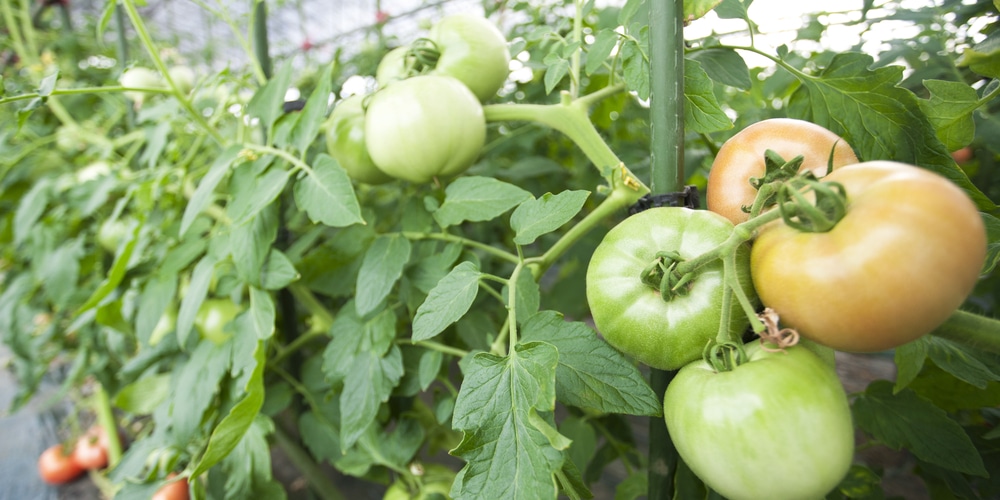| Question | What’s the best time of year to plant tomatoes in New York? |
|---|---|
| Answer | After the last frost, typically late May to early June. |
| More Info |
|
In New York, the optimal time to plant tomatoes is after the last expected frost date, which typically falls in late May to early June across most of the state. Due to New York’s varying climate zones, gardeners in warmer areas may be able to plant a bit earlier, while those in cooler, upstate regions might need to wait until the danger of frost is fully past.
Starting tomato seeds indoors approximately 6-8 weeks before the outdoor planting date is recommended to give the plants a head start. This is particularly important in areas with shorter growing seasons. Selecting tomato varieties that are well-suited to New York’s climate, including those that mature early and are disease-resistant, can help ensure a successful harvest.
NY Climate
When it comes to planting tomatoes in New York, understanding the climate is key to a successful harvest. The state has a diverse climate, with variations in temperature, precipitation, and humidity across different regions.
New York has a humid continental climate, characterized by hot summers and cold winters. The state is also prone to extreme weather events, such as heavy rainfall, thunderstorms, and occasional hurricanes.
To make the most of the growing season, gardeners in New York should pay close attention to the average frost dates in their area.
The last frost typically occurs in late April or early May in most parts of the state, but can vary depending on the location.
In addition to frost dates, gardeners should also consider the amount of sunlight their plants will receive.
Tomatoes require at least six hours of direct sunlight per day to grow properly. If the garden is in a shady area, it may be necessary to trim back trees or other plants to allow more sunlight to reach the tomatoes.
Optimal Planting Times for Tomatoes
When it comes to planting tomatoes in New York, timing is key. The optimal planting time varies based on the type of tomato, the location, and the weather conditions.
In general, it is recommended to plant tomatoes after the last frost date has passed.
Early Season Planting
For those who want to get a head start on their tomato garden, early season planting is a great option.
Early season planting typically occurs in April or early May, depending on the location. This is a good time to plant tomatoes that grow quickly, such as cherry tomatoes or early girl tomatoes.
Mid-Season Planting
Mid-season planting is the most common time to plant tomatoes in New York.
This typically occurs in late May or early June, after the last frost date has passed. This is a good time to plant most types of tomatoes, including beefsteak, roma, and heirloom varieties.
Late Season Planting
Late season planting is a good option for those who want to extend their tomato harvest into the fall.
Late season planting typically occurs in mid to late June. This is a good time to plant tomatoes that have a longer growing season, such as indeterminate varieties.
It is important to note that planting times may vary based on the specific location and weather conditions.
It is always a good idea to check the last frost date for your area and adjust planting times accordingly.
Additionally, it is recommended to start tomato seeds indoors about 6-8 weeks before the last frost date to ensure a successful harvest.
Preparing for Planting
Before planting tomatoes in New York, it is important to prepare the soil and choose the right tomato varieties to ensure a successful harvest.
In this section, we will discuss the steps you need to take to prepare your garden for planting.
Soil Preparation
Tomatoes require well-draining soil that is rich in organic matter.
It is recommended to add compost or well-rotted manure to the soil to increase its fertility. The ideal pH level for tomato plants is between 6.0 and 6.8.
You can test your soil’s pH level using a soil test kit, which can be purchased from your local garden center.
It is also important to ensure that the soil is free of weeds and debris before planting.
This can be done by tilling the soil or using a garden fork to break up any clumps of soil.
Choosing the Right Tomato Varieties
When choosing tomato varieties to plant in New York, it is important to consider the length of the growing season and the climate in your area.
Determinate tomatoes are best suited for areas with shorter growing seasons, while indeterminate tomatoes are better suited for areas with longer growing seasons.
Some popular tomato varieties for New York include Early Girl, Celebrity, and Rutgers.
These varieties are known for their ability to thrive in New York’s climate and produce high yields of flavorful tomatoes.
In addition to choosing the right tomato varieties, it is also important to consider the spacing and planting depth of your tomato plants.
Tomatoes should be planted at a depth of 1-2 inches and spaced at least 18-24 inches apart to allow for proper growth and development.
Planting Techniques
Direct Sowing
Direct sowing is a planting technique that involves planting tomato seeds directly into the soil.
This technique is best used for cherry tomatoes and other small varieties. It’s important to note that direct sowing should only be done after the last frost date has passed, which is typically around mid-May in New York.
To direct sow tomato seeds, first, prepare the soil by adding compost or other organic matter.
Then, plant the seeds 1/4 inch deep and 1 inch apart.
Water the soil regularly and keep it moist until the seeds germinate.
Once the seedlings have grown to a height of 2-3 inches, thin them out so that they are spaced 2-3 feet apart.
Transplanting Seedlings
Transplanting seedlings is a planting technique that involves starting tomato seeds indoors and then transplanting them to the garden once they have grown to a certain size.
This technique is best used for larger tomato varieties.
To transplant tomato seedlings, first, start the seeds indoors 6-8 weeks before the last frost date.
Use a high-quality potting mix and keep the soil moist but not waterlogged.
Once the seedlings have grown to a height of 2-3 inches, transplant them to larger pots.
When the last frost date has passed, transplant the seedlings to the garden.
Dig a hole that is slightly larger than the root ball of the seedling and gently place the seedling in the hole. Fill the hole with soil and water the plant thoroughly.
It’s important to note that when transplanting seedlings, it’s important to harden them off first.
This involves gradually exposing them to outdoor conditions, such as wind and sun, for a few hours each day for a week before transplanting them to the garden.
Maintenance and Care Post-Planting
Once the tomato plants are in the ground, it is important to take care of them properly to ensure a bountiful harvest. This section will cover the key aspects of maintenance and care post-planting.
Watering and Mulching
Tomatoes need consistent moisture to thrive.
They should be watered deeply once a week, or more frequently during hot, dry weather.
It is important to avoid getting water on the leaves, as this can lead to disease.
Mulching around the base of the plants can help retain moisture in the soil and prevent weeds from growing. Straw, hay, or shredded leaves make good mulch materials.
Staking and Pruning
Tomato plants can grow quite tall and heavy, so it is important to provide support to prevent them from falling over.
Staking is a common method of support, where a wooden or metal stake is driven into the ground near the plant and the stem is tied to it with twine or a soft material.
Pruning is also important to promote healthy growth and increase yield.
It involves removing the suckers that grow between the main stem and the branches. This allows the plant to focus its energy on producing fruit rather than foliage.
Pest and Disease Management
Tomatoes are susceptible to a variety of pests and diseases.
Common pests include aphids, whiteflies, and tomato hornworms. These can be managed through the use of insecticidal soap or by introducing beneficial insects such as ladybugs or lacewings.
Diseases such as blight and wilt can be prevented by planting disease-resistant varieties and rotating crops.
If a disease does occur, affected plants should be removed and destroyed to prevent it from spreading to other plants.
Frequently Asked Questions
What is the optimal time to start tomato seeds indoors in New York?
The optimal time to start tomato seeds indoors in New York is approximately 6 to 8 weeks before the last frost date.
This usually falls around the last week of April to the first week of May. Starting seeds indoors earlier than this may result in leggy plants, while starting them later may result in a delayed harvest.
Which month is ideal for transplanting tomato plants outdoors in New York?
The ideal month for transplanting tomato plants outdoors in New York is June.
This is after the last frost date has passed and the soil has warmed up enough to promote growth.
How does the New York climate zone affect tomato planting schedules?
The climate zone in New York can affect tomato planting schedules due to variations in temperature and frost dates.
There are five different climate zones in New York, and gardeners should be aware of their specific zone and growing conditions to determine the best time for planting tomatoes.
When should gardeners in New York’s Northeast region plant tomato plants?
Gardeners in New York’s Northeast region should plant tomato plants after the last frost date, which is typically around the last week of April to the first week of May.
Starting tomato seeds indoors 6 to 8 weeks prior to this date can give plants a strong start.
What are the recommended dates for planting tomatoes in New York City?
The recommended dates for planting tomatoes in New York City are similar to the rest of the state.
Gardeners should wait until after the last frost date, which is typically around the last week of April to the first week of May, before transplanting tomato plants outdoors.
How early in the season can tomatoes be safely planted in New York?
Tomatoes can be safely planted in New York after the last frost date, which is typically around the last week of April to the first week of May.
Starting seeds indoors 6 to 8 weeks prior to this date can give plants a strong start and result in an earlier harvest. However, planting tomatoes too early can result in frost damage and stunted growth.
Last update on 2025-06-06 / Affiliate links / Images from Amazon Product Advertising API
